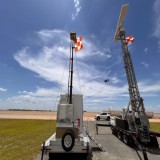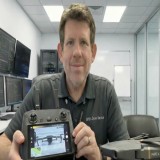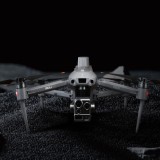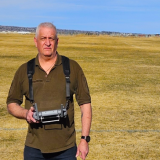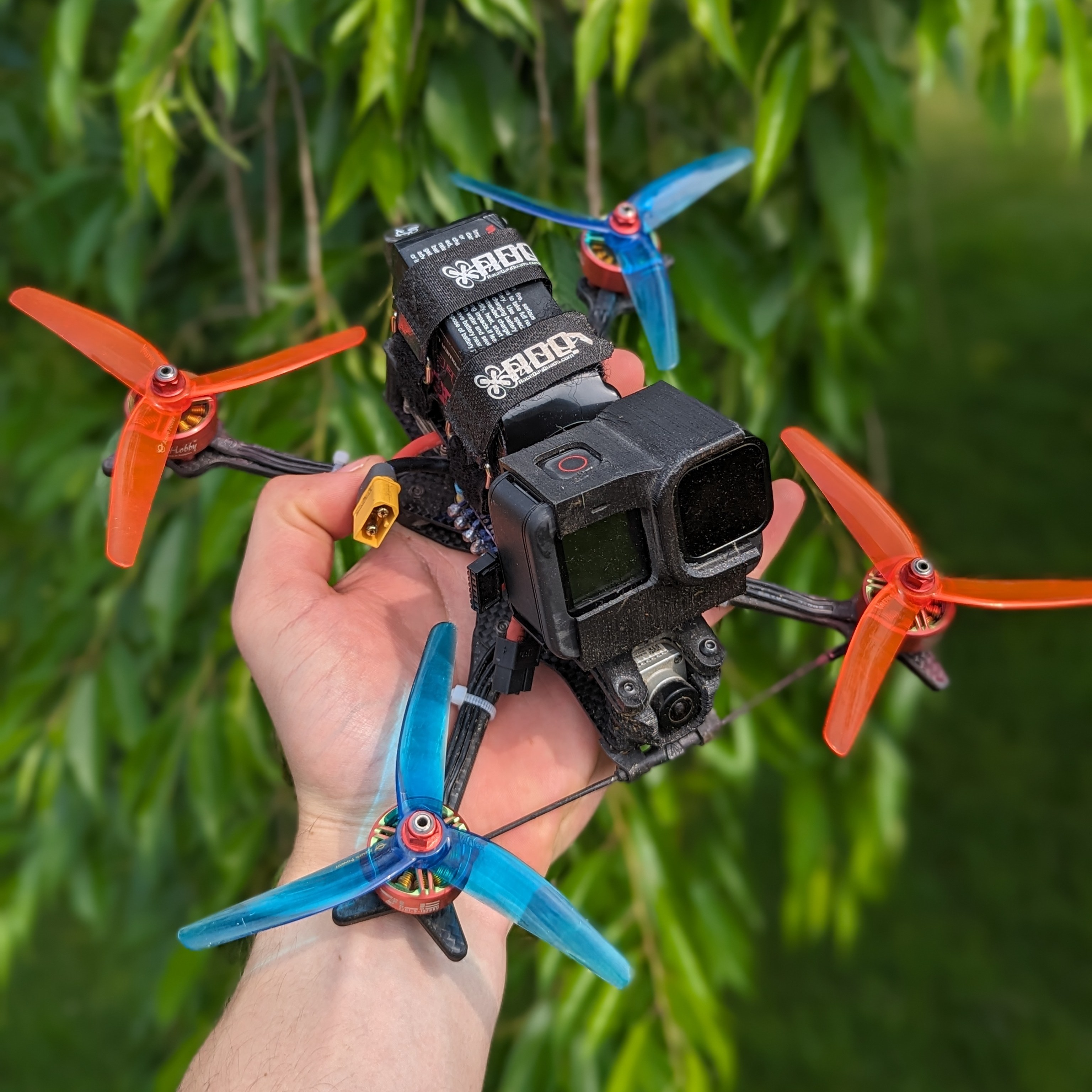
31 July 2023

By Sam Karp
[Editor's Note: Sam Karp is The Droning Company's newest columnist. He is an FPV drone expert, so please watch for his upcoming column, Sam Karp on FPV.]
If you’re interested in the constantly evolving world of drones you’ve probably heard the term “FPV” get tossed around, or maybe you’ve seen some mind bending footage of FPV pilots on social media. But what exactly is FPV? And how does it differ from a traditional drone like the DJI Mavic? Well, you’ve come to the right place, in this article I’ll be breaking down what FPV is, what makes it different from other types of drones, and finally, the first steps I would recommend to anyone who’s interested in diving into the world of FPV.
How is FPV Different from Other Drones?
So this is the biggest question I get asked and I’ll start by defining what FPV is. FPV drones, or First Person View drones, get their name from the fact that you fly the quadcopter using a pair of low latency goggles that make you feel as if you’re sitting in the cockpit of the drone. This gives an incredibly immersive and exhilarating experience.
Most of us are familiar with DJI and their Mavic series of drones. These drones are commonly praised for their ease of use, stability in the air, advanced sensors, GPS, and having a gimbal stabilized camera system. This makes them perfect for aerial photography, stable video, as well as other things such as radio tower inspections. The primary difference between this type of drone and FPV (With a few exceptions) is actually their lack of these advanced sensors and GPS systems. FPV drones have no automated features so it relies solely on the pilot's ability to fly. This allows for incredible agility and acrobatic maneuvers creating the possibility for shots that would be impossible with any other type of drone.
Different Types of FPV Drones
When it comes to FPV there’s tons of variation in the types of drones that pilots build and fly.
The two most common are 5 inch freestyle/racing drones, and Cinewhoops.
Five Inch Freestyle drones are the most common. They’re insanely powerful and relatively light weight. These are the types of drones that you’ll see doing crazy acrobatic maneuvers, chasing drift cars, and diving down cliffs and waterfalls. They’re also the most common size for FPV racing and in general they’re the most fun to fly.
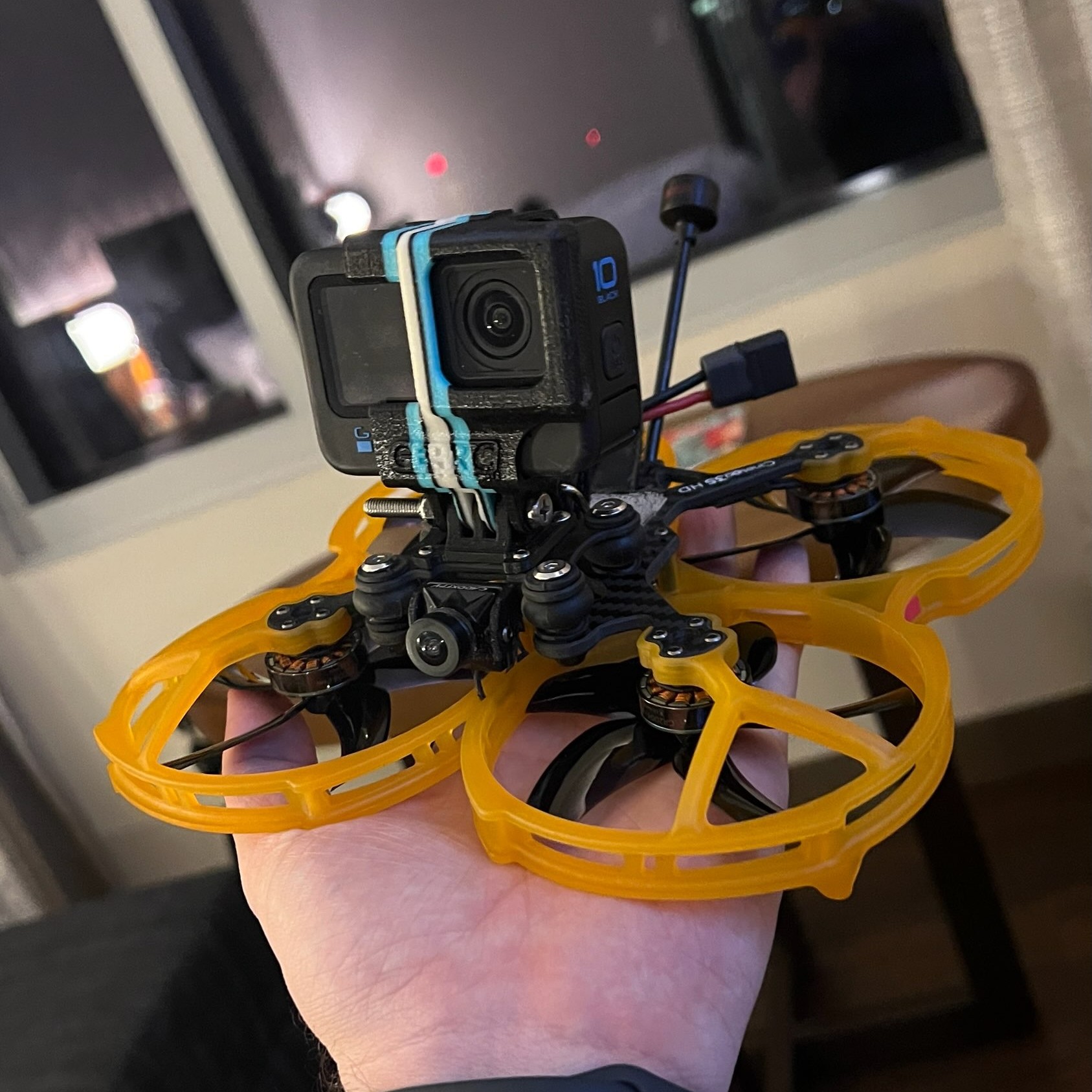
Cinewhoops on the other hand are specifically designed to be smaller, have prop guards for safe flying indoors and around people. These drones are known for slow, cinematic flying. Making them perfect to fly through a house for a real estate video, filming an event, or any kind of close proximity flying.
Flight Times
If you’ve flown any DJI drone before, you’re probably used to upwards of 30 minute flight times, maybe even longer in the case of their newer offerings.
FPV drones will generally have a much shorter flight time due to their higher power consumption and smaller batteries. On average you can expect anywhere from 4-8 minutes of flight time depending on your setup.
You also need to be much more mindful of when to land an FPV drone. Unlike DJI, FPV drones won't tell you an estimated flight time remaining. That’s something the pilot needs to keep track of by keeping an eye on the battery voltage. A fully charged Lipo cell will be at 4.2v, and fully depleted it will rest at 3.2v. Lipo batteries can be finicky and if you drain them past the 3.2v threshold it can cause damage. We’ll get into proper battery info and how to take care of them in another article, but for now the general rule of thumb is to land at 3.5v per cell. So if you’re flying a 4s battery, that would be around 14v. A 6s battery would be 21v. This keeps you well within a safe range to make sure your batteries are healthy, and in a pinch you’ll still have a little extra juice to fly home.
Digital vs Analog
There are two ways to receive a live video feed from your FPV drone. Either from an Analog Video signal, or a Digital Signal. They each have their pros and cons, so let's have a look.
FPV has traditionally been flown using an analog video signal and is still the preferred video transmission for pilots who race FPV competitively. The primary benefit to analog video is its extremely low latency, typically around 20ms. When you’re flying around a race track at 80Mph latency is extremely important. The downside to analog is the video quality received in your goggles. Typically it’s only a resolution of 480p
This is where the more recent jump to a Digital FPV has been beneficial. Digital video systems, such as DJI’s 03 Air Unit, are capable of a much higher resolution. In the case of the 03 Air Unit you’re looking at a live feed with a resolution of full HD 1080p. The difference in resolution is night and day. It feels like looking through a GoPro, rather than looking at an old CRT Tv. The only issue with this bump in resolution and video quality is the increased latency that comes with it. To get that bump in resolution, you go from 20ms of latency, to 30ms of latency. Now for the vast majority of people a 10ms difference will go unnoticed, but for pilots who compete in racing it can be a big deal.
My recommendation for most people would be to go with digital. It can be a little pricey to get into, but the overall boost in quality is well worth it.
How to Get Started
As a beginner to FPV, be prepared for a steep learning curve and a few crashes along the way. Crashing happens, it’s part of the learning process, and part of FPV as a whole. If I were starting from scratch with FPV these would be the steps I would take to learn how to fly.
• Start with a simulator. Like I said earlier, you will be crashing. There’s no avoiding it, and it’s much cheaper to crash in an FPV simulator like Liftoff or Uncrashed FPV than in the real world. In order to use a simulator you will need a controller. I highly recommend picking up something like the RadioMaster Boxer, or RadioMaster Zorro. For beginners I would pick up the versions with the 4in1 transmitter. This will give you the most flexibility for pairing to traditional 2.4ghz receivers. And both the Boxer and Zorro have module bays if you ever upgrade to something like Crossfire or Express LRS.
• Once you’re comfortable enough flying in the simulator, move onto flying something small in the real world. Something like the Emax Tinyhawk or any other 1s “Whoop” type drone. Emax actually makes a ready to fly beginner kit that comes with a controller you can use in the simulator, as well as basic analog FPV goggles and the Tinyhawk itself..
• Now that you have several hours in the simulator and experience flying in the real world, it’s time to move up to 5 inch freestyle. Several companies sell ready to fly FPV drones that are fairly simple to set up and that’s probably the easiest route to go, however I’ve always been a huge advocate for building your first full sized FPV drone. There’s definitely a lot that goes into building an FPV drone and I’ll have another article soon going in depth on how to do so, but just know that if you do build one, you’ll be fully equipt with the knowledge on how to repair it when you inevitably crash and break something.
Conclusion
FPV drones have carved out a niche in the drone industry. Offering hobbyists and professional pilots an exhilarating and immersive new way to capture footage. While they differ significantly from traditional drones, FPV provides the freedom for creative aerial maneuvers and unique shots. Whether you’re a beginner or a seasoned professional, embarking on an FPV journey will give you an experience like no other.
Click to visit Karp's Pilot's Profile
Click to Read Karp's Pilot's Story
Watch One of Karp's Videos



